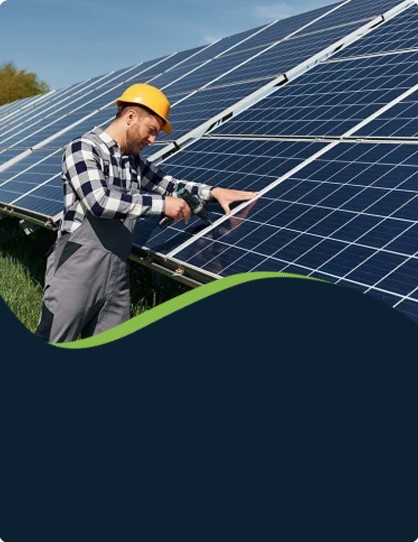
-
[email protected]

-
Building 1, No. 21 Shengfa Road, Lucheng District, Wenzhou, Zhejiang, China



Home solar hybrid photovoltaic (PV) grid-tie systems have emerged as a practical and efficient solution for homeowners looking to reduce their carbon footprint and energy costs. These systems combine the benefits of solar power generation with the reliability of the electrical grid, offering a seamless and versatile energy solution that caters to the diverse needs of modern households.
A home solar hybrid PV grid-tie system integrates solar panels with an inverter that connects directly to the electrical grid. This setup allows homeowners to generate their own electricity from solar energy while still having access to grid power when needed. The hybrid aspect of the system includes energy storage solutions, such as batteries, which store excess solar power for use during periods of low sunlight or at night. This combination ensures a continuous and reliable power supply, making the system suitable for a wide range of residential applications.

One of the primary advantages of a home solar hybrid grid-tie system is the potential for significant energy savings. This not only lowers monthly utility bills but also provides a hedge against future increases in electricity prices. Additionally, the system can feed excess power back into the grid, earning credits or payments from the utility company, further offsetting energy costs.
Solar energy is a clean and renewable resource, producing no greenhouse gas emissions during operation. By adopting a home solar hybrid grid-tie system, homeowners contribute to reducing their carbon footprint and help mitigate the environmental impact of traditional fossil fuel-based power generation. This aligns with global efforts to combat climate change and promote sustainable living.
The hybrid nature of the system ensures a high level of reliability. During periods of low sunlight, such as cloudy days or at night, the system can seamlessly switch to grid power without any interruption in the power supply. In the event of a grid outage, the energy stored in the batteries can provide backup power, ensuring that critical appliances and devices continue to operate. This resilience is particularly valuable in areas prone to power outages or bad weather conditions.
Home solar hybrid grid-tie systems offer a high degree of flexibility and scalability. Homeowners can start with a basic setup and expand the system as their energy needs grow or as their budget allows. The system can be tailored to meet the specific requirements of each household, from small apartments to large family homes. This adaptability makes it an attractive option for a wide range of users.
Solar panels are the primary components of the system, responsible for capturing sunlight and converting it into electrical energy. Modern solar panels are designed to be efficient and durable, withstanding various weather conditions and providing a long-term source of renewable energy.
The inverter plays a crucial role in converting the direct current (DC) generated by the solar panels into alternating current (AC), which is compatible with household appliances and the electrical grid. In a hybrid system, the inverter also manages the flow of electricity between the solar panels, batteries, and the grid, ensuring good performance and energy management.
Batteries are an essential part of the hybrid system, storing excess solar energy for later use. This energy storage capability ensures that the system can provide power during periods of low sunlight or at night, enhancing the overall reliability and independence of the system.
In conclusion, home solar hybrid photovoltaic grid-tie systems represent a practical and sustainable solution for modern homes. By combining the benefits of solar power generation with the reliability of the electrical grid and the flexibility of energy storage, these systems offer a reliable, cost-effective, and environmentally friendly way to meet residential energy needs.
Your email address will not be published. Required field are marked*
